The Evolution of Thanksgiving Dinner: From Historical Feasts to Modern Meals
What Exactly is Thanksgiving Day?
Celebrated on the fourth Thursday of November in the United States, it is a time for people to gather with family and friends, express gratitude for the past year’s abundance, and enjoy a special meal together.
A time for reflection, gratitude, and togetherness. The main event often revolves around a gathering at someone’s home.
Relatives from near and far may travel to join in the festivities, bringing with them dishes to share and stories to tell. There is a sense of anticipation and excitement as family and friends reunite.
Before the meal begins, loved ones engage in conversations and catch up on each other’s lives. Once everyone is seated, the meal often starts with a prayer or a few words of gratitude.
The star of the meal is usually the roast turkey, golden and crispy on the outside, juicy on the inside. It is often served with a variety of side dishes such as stuffing, mashed potatoes with gravy, pumpkin pie, and sweet potato casserole.
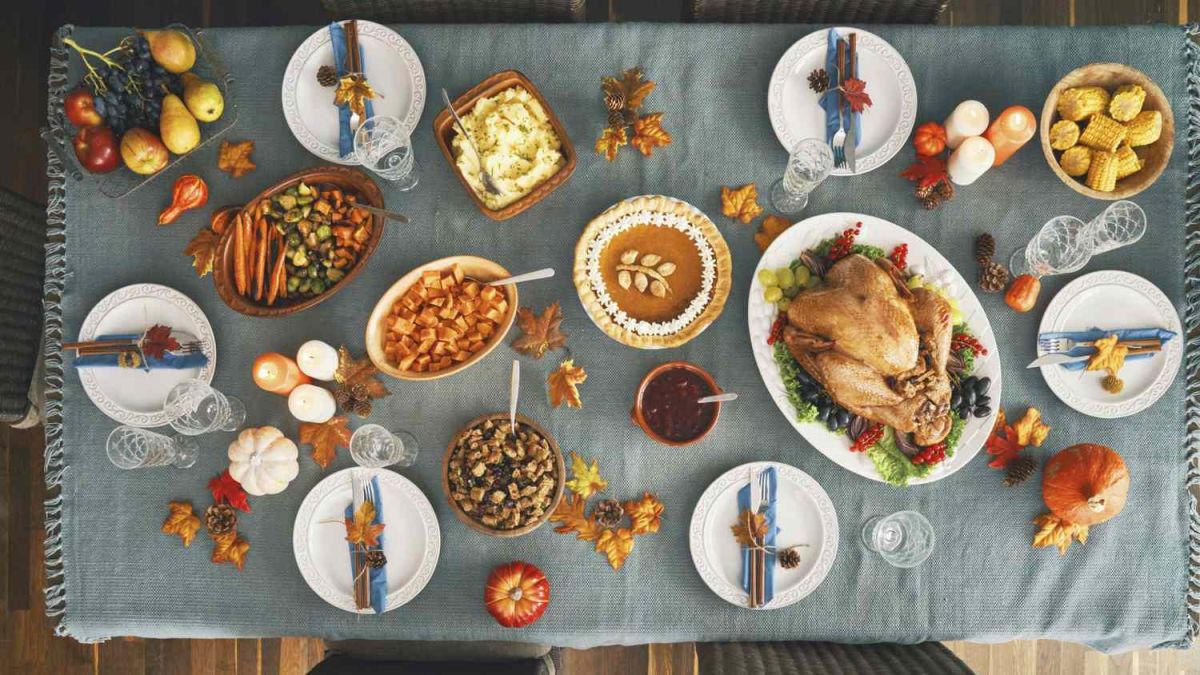
But Did You Know That…
Over the course of a few centuries, Thanksgiving dinner has changed a lot. The foods that we commonly associate with this holiday have evolved considerably, looking quite different from the dishes that were once served on the dining table.
It dates back to 1620 - when the Pilgrims arrived in Plymouth. They faced harsh conditions and struggled to survive in their new environment.
The Wampanoag people, who had inhabited the region for thousands of years, provided the Pilgrims with essential knowledge and resources to help them adapt to the land.
In return, the Pilgrims and the Wampanoag formed a treaty alliance that included a mutual defense pact against common enemies.
This alliance helped to ensure the safety and security of both groups in an uncertain and sometimes hostile environment.
In November 1621, a celebratory feast was organized after the Pilgrims’ first corn harvest proved successful. The festival lasted for three days and many of the dishes were likely prepared using traditional Native American spices and cooking methods.
The meal was shared between Pilgrims and the Wampanoag tribe and as it was more than 400 years ago, it did not have much in common with the national holiday that we celebrate today.
Because the sugar’s supply had dwindled, the meal did not feature pies, cakes or other dessert.
It included a variety of meats such as geese, ducks, and deer; a variety of different seafood such as mussels, lobster, bass, plus the fruits of the first pilgrim harvest, including pumpkin, and corn in the form of cornbread.
In 1827, a prolific writer by the name of Sarah Josepha Hale, best known for her nursery rhyme "Mary Had a Little Lamb", launched a campaign to establish Thanksgiving as a national holiday.
For a span of 36 years, she corresponded with governors, senators, presidents, and various other politicians, leading to her being known as the "Mother of Thanksgiving”.
In 1863, amidst the peak of the Civil War, Abraham Lincoln finally complied with her request. He scheduled Thanksgiving for the final Thursday in November.

Thanksgiving Foods
Let's talk about food! Before you start enjoying your delicious meal, wouldn't it be interesting to learn a bit about its background? Here's a glimpse into the history of some of the most beloved Thanksgiving dishes!
Turkey
Turkeys were native to North America and were abundant in the wild, making them a readily available source of meat. Their large size made them suitable for feeding a large number of people during communal feasts, such as those held on Thanksgiving.
Always the core of our Thanksgiving meal, turkeys have long been associated with prosperity and celebration in American culture. As such, they became a symbol of the bounty of the harvest season and a fitting choice for the Thanksgiving table.
Mashed Potatoes
Hearty, comforting, and relatively simple to prepare, making them a favorite side dish for large gatherings and holiday meals.
It might come as a surprise that a big, fluffy pile of buttery mashed potatoes were not always on the Thanksgiving table. In fact, they were likely not a part of the first Thanksgiving meal at all.
As Thanksgiving evolved into a holiday centered around a bountiful feast, mashed potatoes naturally found their way onto the dinner table alongside other classic dishes.
Cornbread
Thanksgiving is a celebration of the harvest season, and cornbread's association with corn, a typical harvest crop, made it a natural addition to Thanksgiving meals.
It likely did not taste as great as it does now. The original cornbread was simply cornmeal, water and perhaps a little salt baked over an open fire. As years went on, it became tastier and fluffier when things like buttermilk and eggs became more common ingredients.

Cranberry sauce
Cranberries, native to the United States, were a big part of the Wampanoag tribe’s diet. The fruit was also used as a natural dye for cloth by native people for centuries.
Cranberries were readily available in the fall, coinciding with the timing of the Thanksgiving holiday, and their tart flavor complemented the richness of other Thanksgiving dishes, such as roast turkey and gravy.
It is a classic side dish that is easily customizable - whether you prefer it with nuts, spice, or even straight out of the can!
Pumpkin Pie
Synonymous with corn in symbolizing the harvest season, pumpkin, as well as other varieties of squash, were available during the first Thanksgiving in 1621. Colonists often hollowed out pumpkins, filled them with milk, honey, and spices, and baked them in hot ashes.
The concept of pumpkin pie as we know it today gained popularity during the 19th and 20th century. Nowadays it remains a beloved and iconic dessert, enjoyed by millions of Americans as part of their Thanksgiving feasts.
And there you have it! A brief glimpse into the history of the delicious essentials that make up a Thanksgiving feast!
OTHER NEWS
-
- Must-Try Dessert Recipes: Simple and Easy
- By Prodosh Kundu 09 Jul,2024

-
- Traditional Easter Foods Around the World: A Culinary Journey
- By Molly Joshi 17 May,2024

-
- The Delicious Evolution of Cheese Desserts: A Historical Journey
- By Molly Joshi 21 May,2024
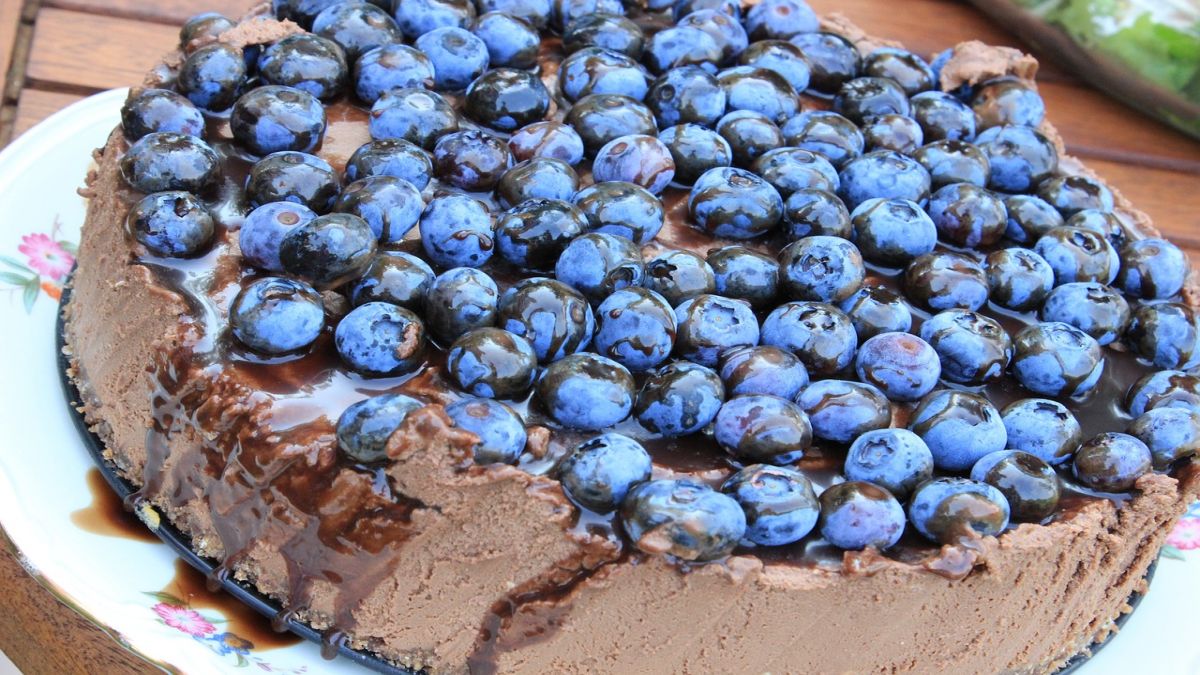
-
- The Sweet Evolution: A History of Candy Desserts
- By Molly Joshi 21 May,2024

-
- Dietary Principles to Follow in Life
- By Prodosh Kundu 11 Jul,2024

-
- The Delicious Evolution of Biscuits
- By Molly Joshi 21 May,2024

-
- Timeless Appeal of Chocolate Cake in America
- By Roha Tariq 09 May,2024
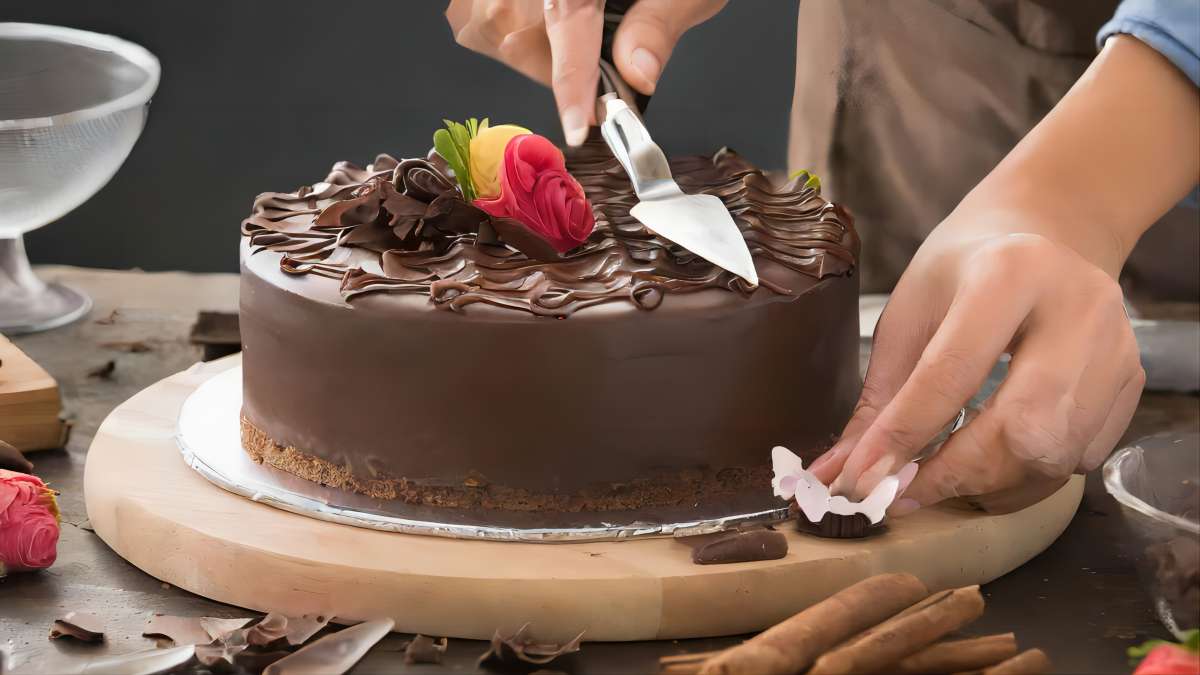
-
- The History of Waffles: And Must-Try Recipes
- By Prodosh Kundu 03 Sep,2024
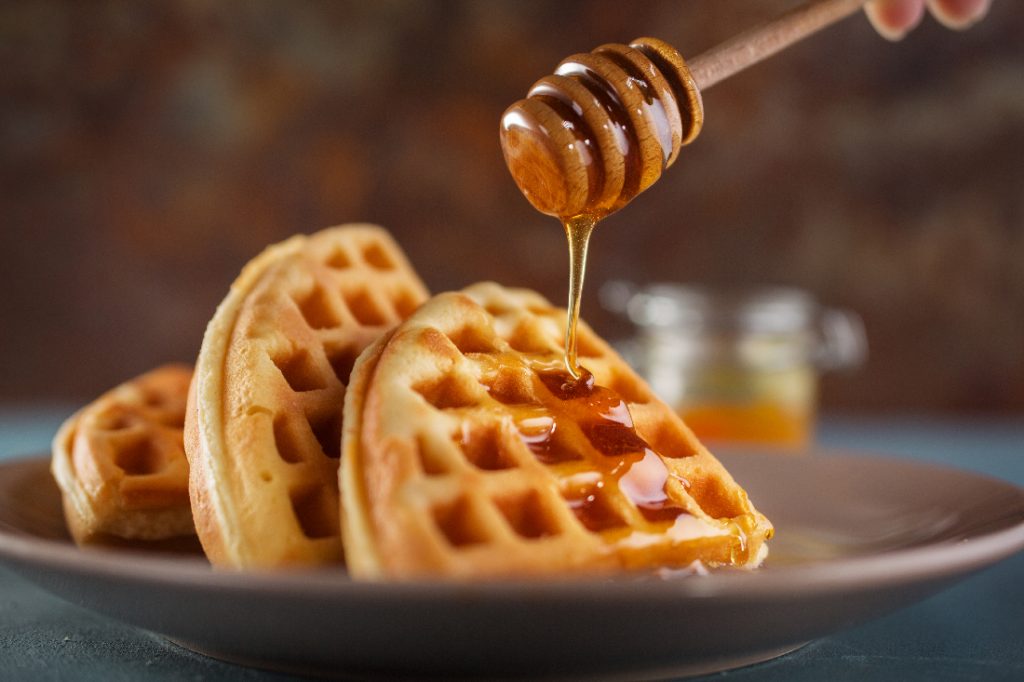
-
- Angel Food Cake – A Light Delight in American Desert
- By Roha Tariq 17 May,2024
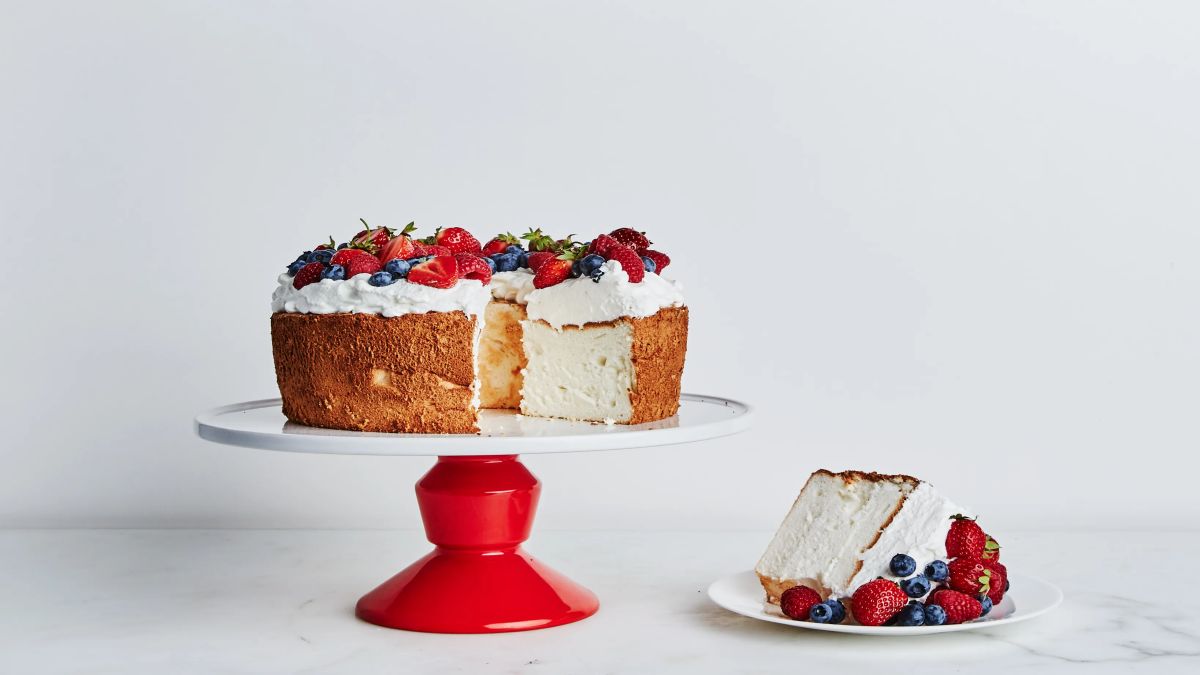
-
- The Five Healthiest Energy Drinks
- By Prodosh Kundu 19 Aug,2024

-
- The scrumptious Christmas
- By Taruna Agarwal 17 May,2024
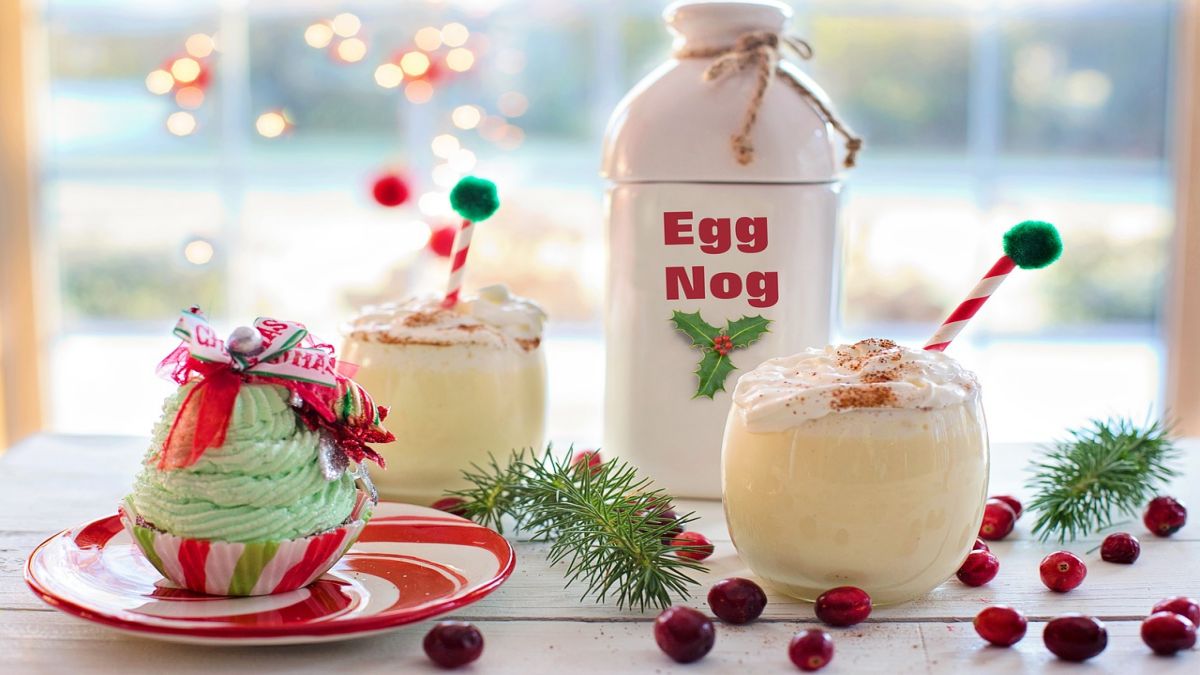
-
- A Taste of Greece: Exploring the Flavors of Mediterranean
- By Roha Tariq 22 May,2024

 1
1 1
1